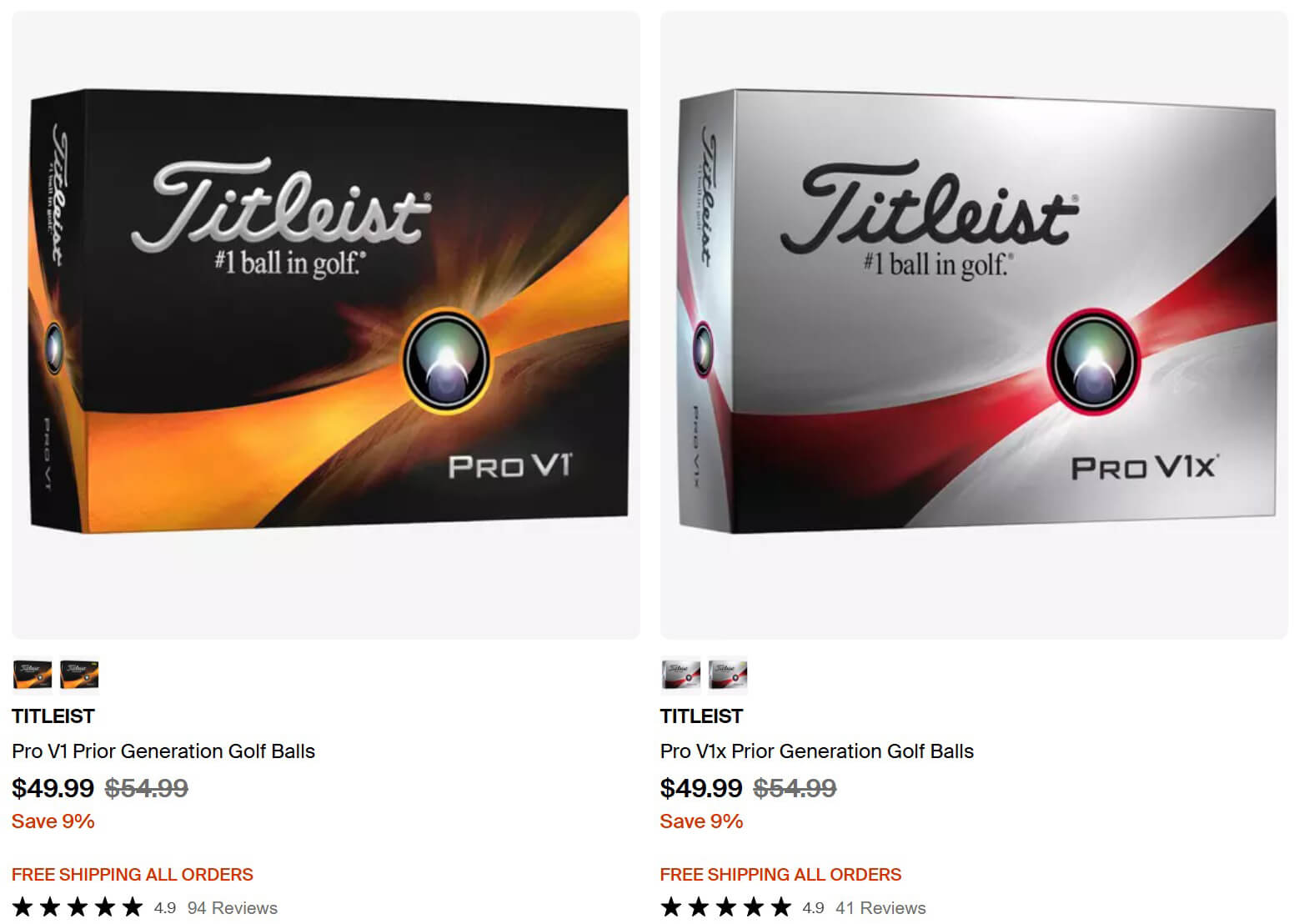Picture this: You’re standing in the golf ball aisle at your local pro shop, staring at what appears to be an endless wall of white dimpled spheres. The prices range from “reasonable” to “You can’t be serious!” You grab what looks like the latest Pro V1, confident you’re getting the newest technology that will finally drop your handicap into single digits, only to discover later that you’ve bought a model as old as your set of Tommy Armour 845 irons.
We’ve all been there. The golf ball market is a minefield of model years, packaging changes and inventory that sometimes feels like it’s been sitting on shelves since the second Bush administration. With manufacturers constantly updating their offerings and retailers moving through old stock, knowing what you’re actually buying has become more complicated than reading a green at Augusta.
Here’s the thing: golf ball technology actually does improve (or at least change) from generation to generation. Sure, it’s not going to transform you into Scottie Scheffler overnight but the differences between a current model and something from three years ago can be significant enough to matter. More importantly, if you’re paying premium prices, you deserve to know you’re getting the version you actually want.
So how do you navigate this maze without getting burned? It’s simpler than you may think but it requires a little detective work. Here’s your field guide to making sure you’re not the sucker who pays full price for last year’s model.
When in doubt, check the manufacturer’s website
This is Golf Ball Shopping 101 but you’d be amazed how many people skip this step. Manufacturers want to sell their newest stuff—that’s where the margins are. So, what you see prominently featured on their websites is almost always going to be their current generation.
































